Insects comprise about 90% of all living things in the world, but you'll wish they didn't after you see these five creepy insects!
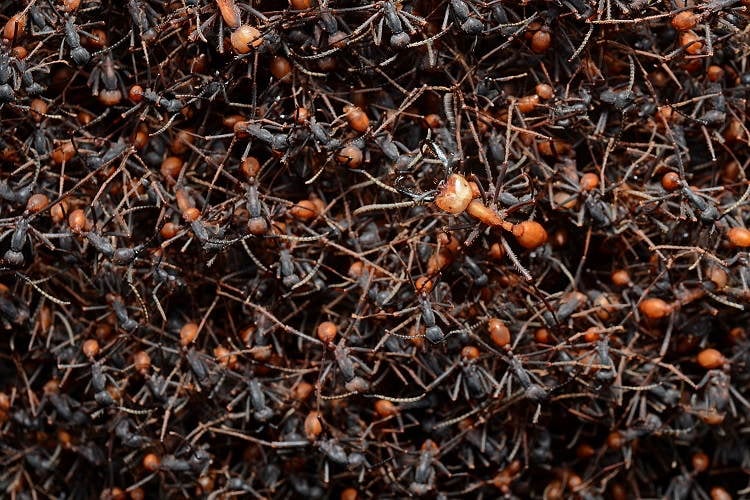
Sometimes truth is stranger than the fiction seen on the silver screen. Case in point? Insects. Between six and ten million insect species live on Earth, representing more than 90 percent of differing animals on the planet. Their sheer numbers can be daunting for humans to comprehend, especially when estimates say that for every living human being there are 1.5 billion insects, or 10 quintillion at any given time.
That’s 10,000,000,000,000,000,000, if you were wondering. And while many insects serve an ecological purpose that benefits those higher on the food chain, many people fear insects, which they consider to be creepy crawlies.
Horror movie makers have capitalized on this fear for years, creating films that feature gigantic versions of tiny creatures like ants that take over the world. Here are some of the creepiest insects on earth and how filmmakers have used them to their benefit.
Scary Insects: Bullet Ants
Anyone who has ever stepped into a fire ant hill doesn’t know what pain is. Try being stung by a bullet ant of Central and South America. The aftermath has been described as “waves of burning, throbbing, all-consuming pain that continues unabated for up to 24 hours.” Some have defined it more succinctly by comparing the pain to a gun shot wound, which is where the ant got its name.
Don’t believe it? Watch as this guy unravels into a crying mess:
Army Ants
Another terrifying ant will be well-known to those who watch National Geographic or nature documentaries. Known as the army ant, the menacing insect also holds something of a regal status, as various African kings supposedly buried enemies up to their heads in army ant-filled dirt.
The name actually refers to more than 200 ant species that “raid” or forage aggressively over a certain area. They are on the move constantly, forming bivouacs instead of underground colonies when they are at rest. In these bivouacs they hang together in a giant, stringy clump.
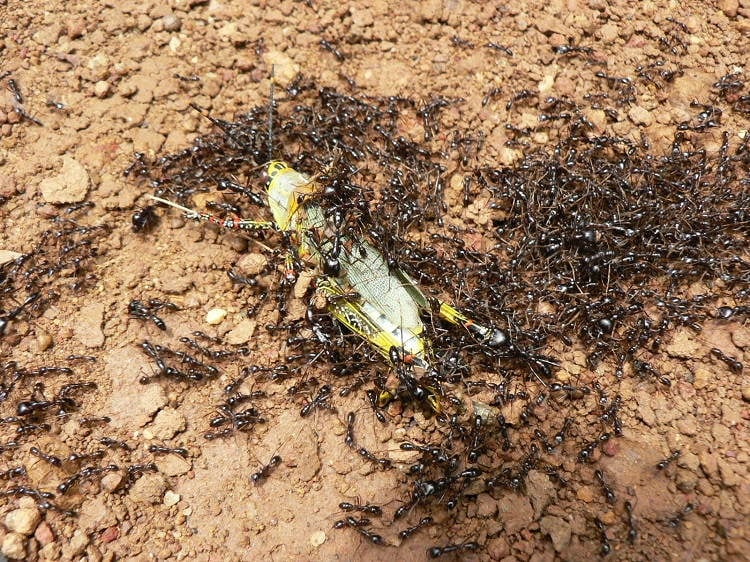
Source: Wikimedia
Known to be voracious social hunters, an entire colony of army ants could consume up to 500,000 prey each day, including larvae, earthworms, turtle eggs and even very young vertebrates like birds.
No wonder that director Gordon Douglas chose giant ants to be the monsters in his horror film “Them!” in 1954. In the Friday-night classic still appreciated by horror buffs, mankind battles ginormous ants created by radioactivity from atom bomb tests in the American Southwest.
Creepy Insects: Praying Mantis

Source: Sci Fi Movies
The praying mantis was also given Brobdingnagian treatment for a 1957 movie called “The Deadly Mantis.” Praying mantises have a lot of characteristics that lend them to being categorized as a creepy insect: cannibalistic tendencies; a strange, triangular head with alien-like eyes; and prickly forelegs that can quickly snatch prey—or even a human finger.
Large species of carnivorous mantises have been known to prey on small scorpions, lizards, frogs, birds, snakes, fish and even rodents, but most of them dine on smaller insects.
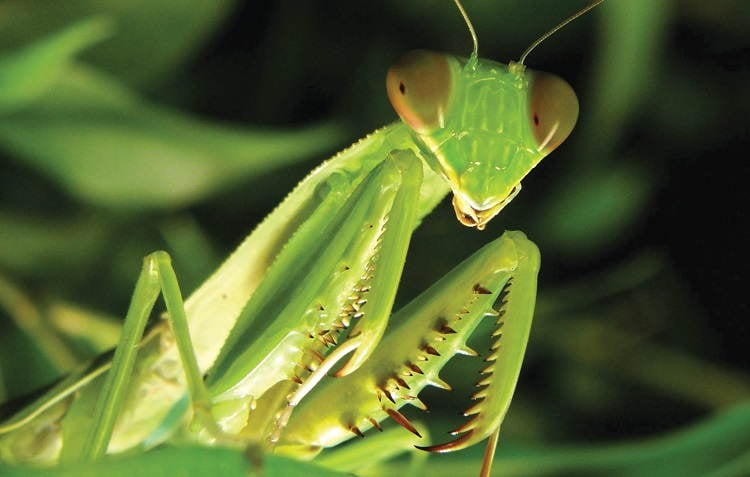
http://www.youtube.com/watch?v=UBos7oKAn_w
Truly a femme fatale, the female mantis devours the male once he has finished the mating ritual. When born from an egg sac, tiny mantises, called nymphs, will eat their siblings when they get hungry enough.
Creepy Insects: Silk Orb-Weaver Spiders
From “Tarantula” and “Mesa of Lost Women” in the 1950s to “Arachnophobia” in 1990 and “Ice Spiders” in 2007, giant spiders have long terrorized movie-goers on the silver screen. But the fear can’t be measured against what some people may feel in Australia when they come across the web of a golden silk orb-weaver.

Source: Tumblr
The webs of this particular spider are very intricate, and in some cases strong enough to capture prey as big as small birds and snakes. The golden silk orb-weaver is one of only three spiders known to eat birds. The others are the goliath bird eater and the Eastern tarantula, also known as the barking spider.
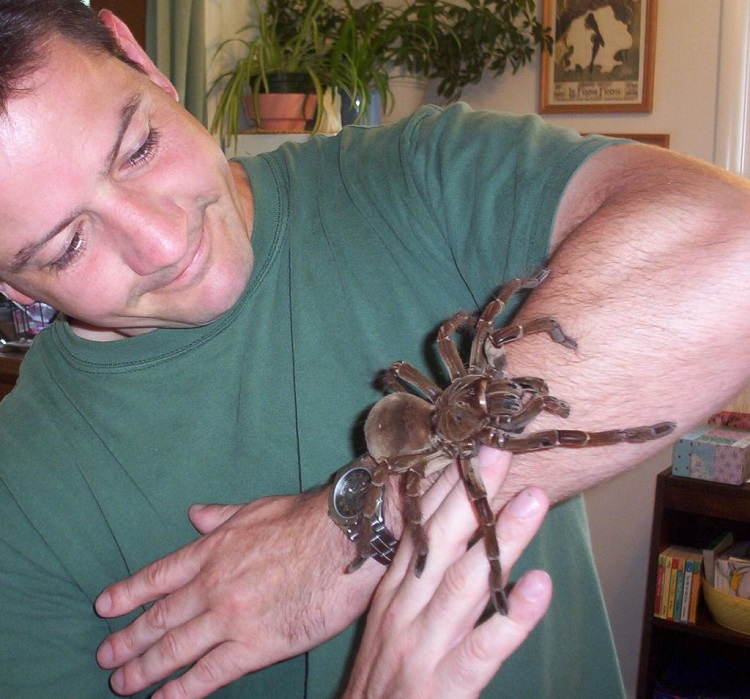
Source: Arachno Boards
Killer Bees And Wasps
With so many insects being the subject of horror movies in the late 1950s, director Roger Corman couldn’t leave stinging wasps and bees out of the picture. He created “Wasp Woman” in 1959, a movie about an aging woman who starts to take injections of wasp enzymes and royal jelly from a queen wasp in order to maintain her youth. You guessed it: the experiment backfires as she begins to turn into a giant wasp herself!
Contrary to popular belief, 1966’s “The Deadly Bees” was based on a novel by Robert Bloch (“Psycho”), not a reaction to the discovery of Africanized honey bees.
But once the so-called “killer bees” began to take over Central and South America and head to the American border, a slew of filmmakers capitalized on their menace, producing films such as “The Swarm” and “The Bees.” Africanized honey bees swarm immediately if their hive is threatened. They are militantly territorial, will attack with zing and can kill large numbers of people if provoked.
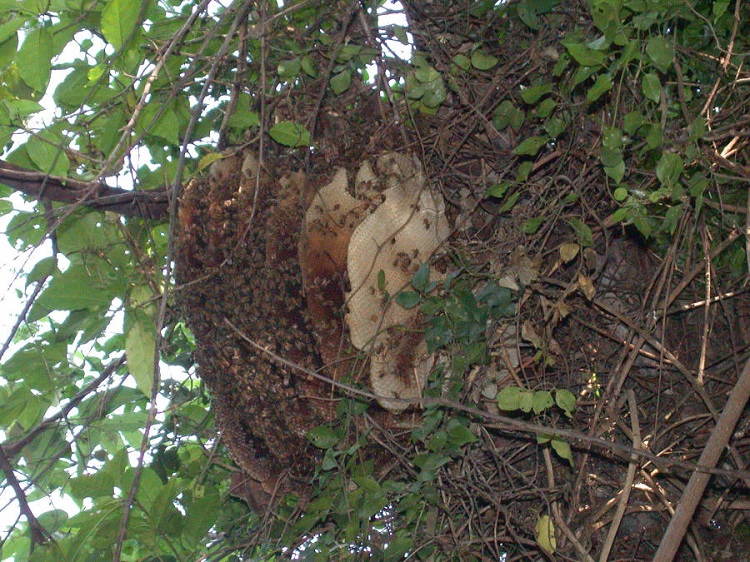
Source: Emergency Pest Control
Asian countries have their own horrors dealing with giant stingers. Last year, it was reported that the Asian giant hornet in China had killed some 42 people. Known scientifically as Vespa mandarinia, the oversize bug carries a venom that destroys red blood cells and can lead to kidney failure and even death. Those who are allergic to the venom can end up experiencing airway closure and cardiac arrest.

Source: NPR
In addition to the deaths in China, the insect injured 1,675 people in Shaanxi province. More than 200 of them required hospital treatment.





